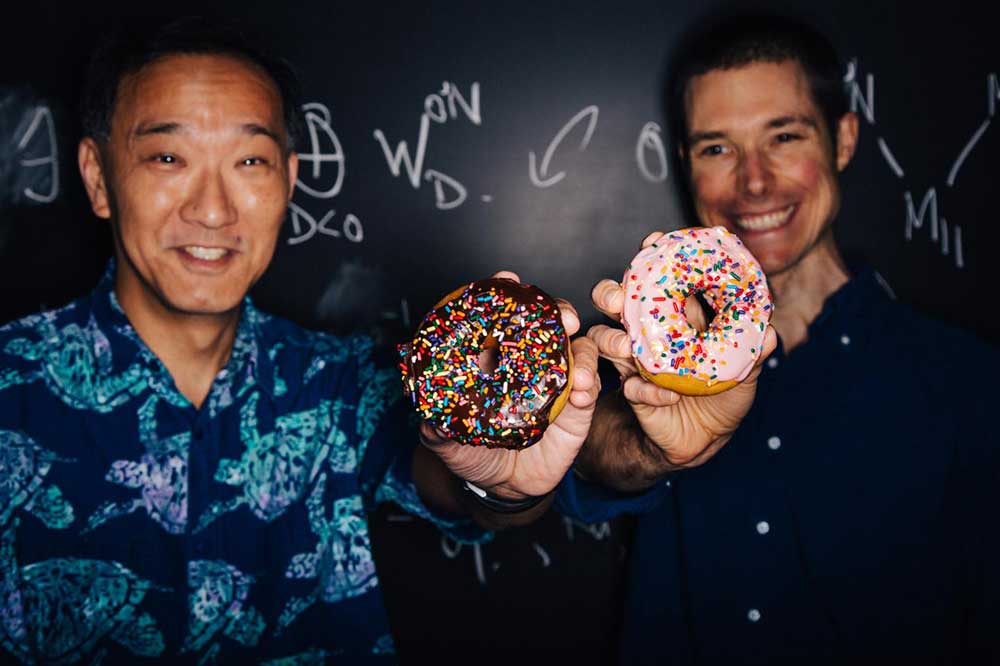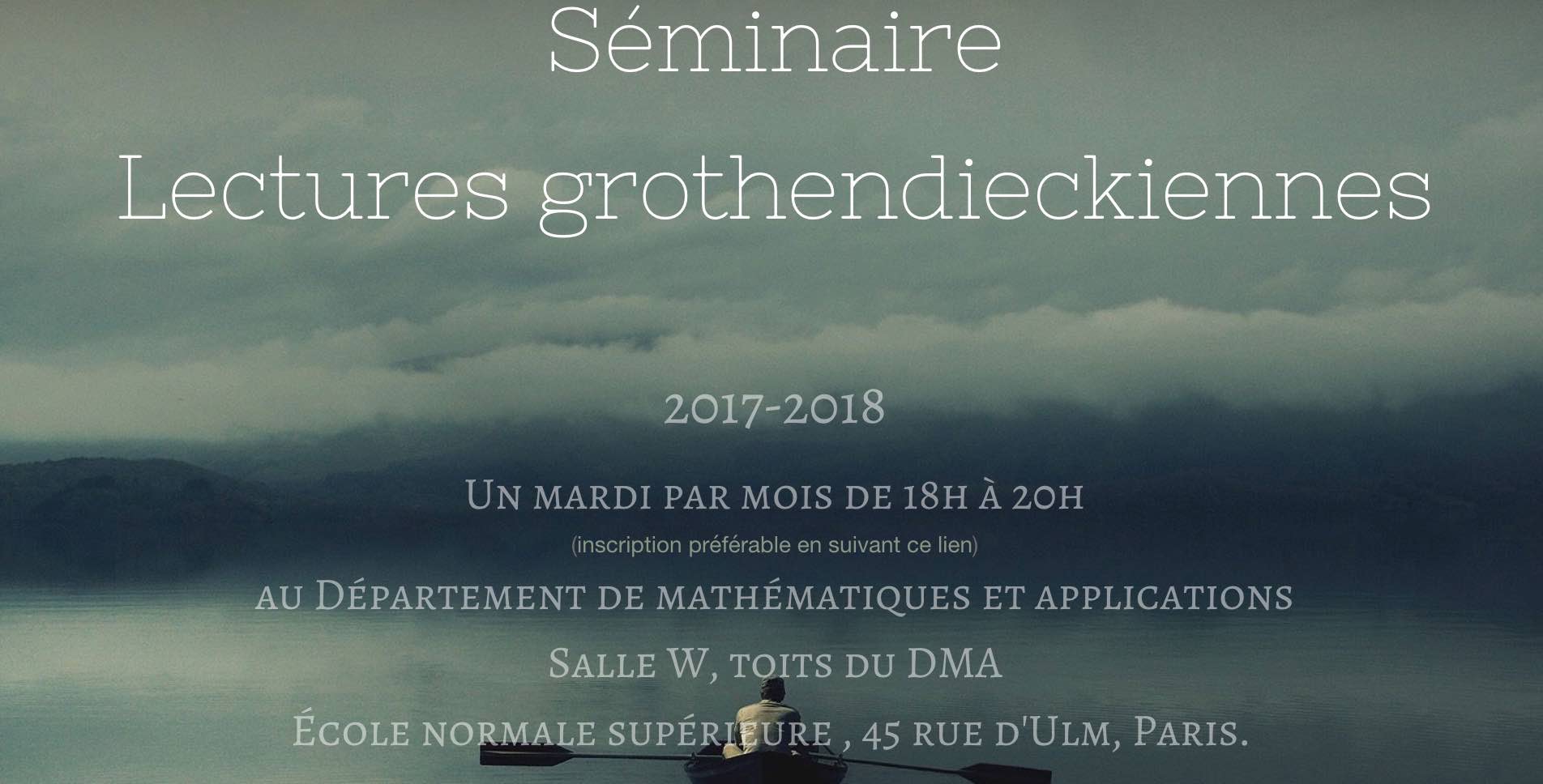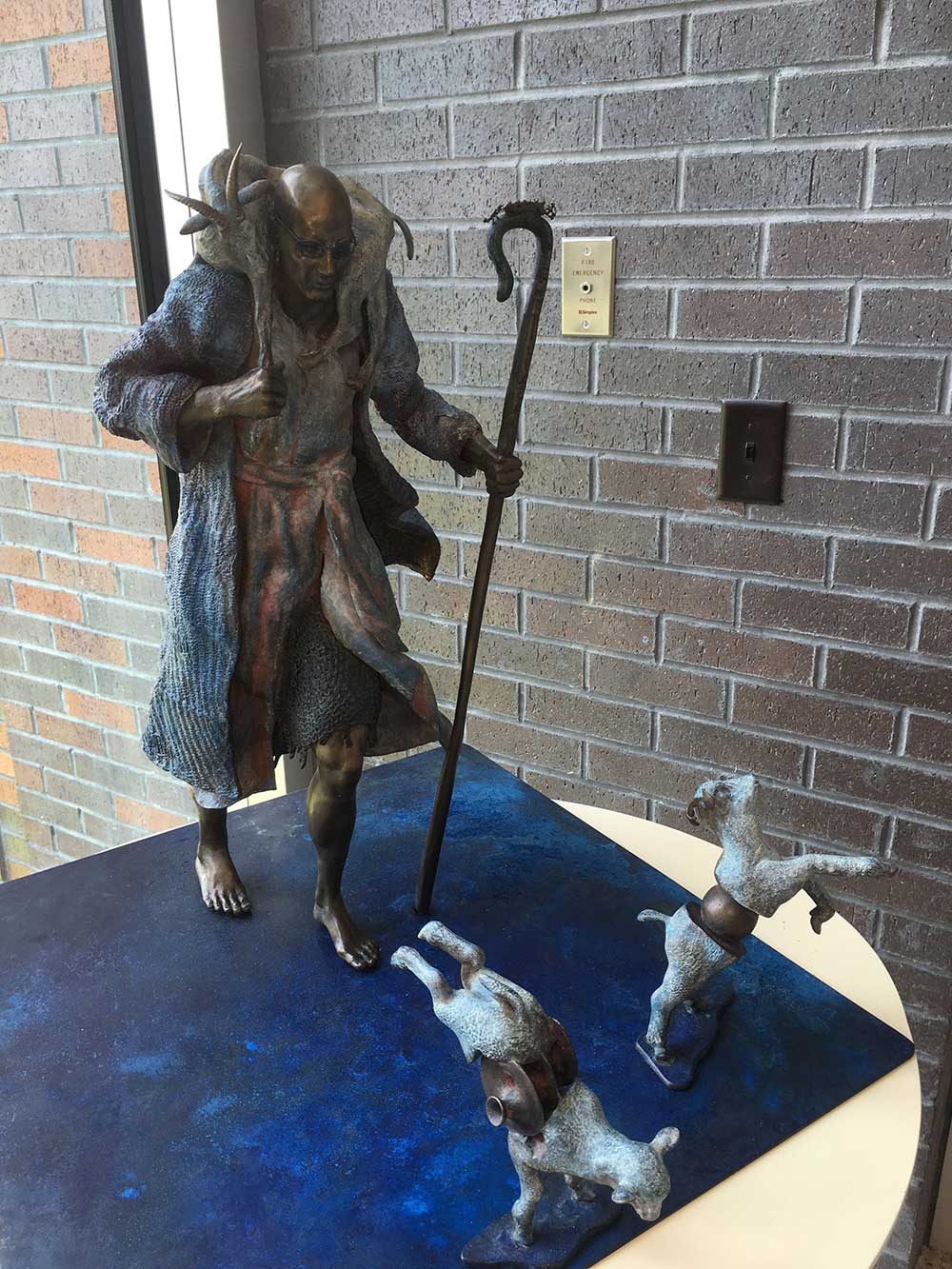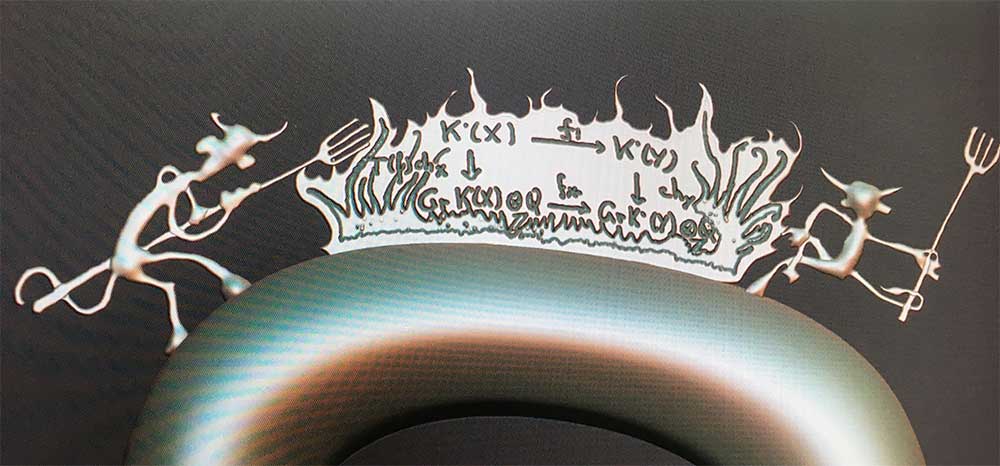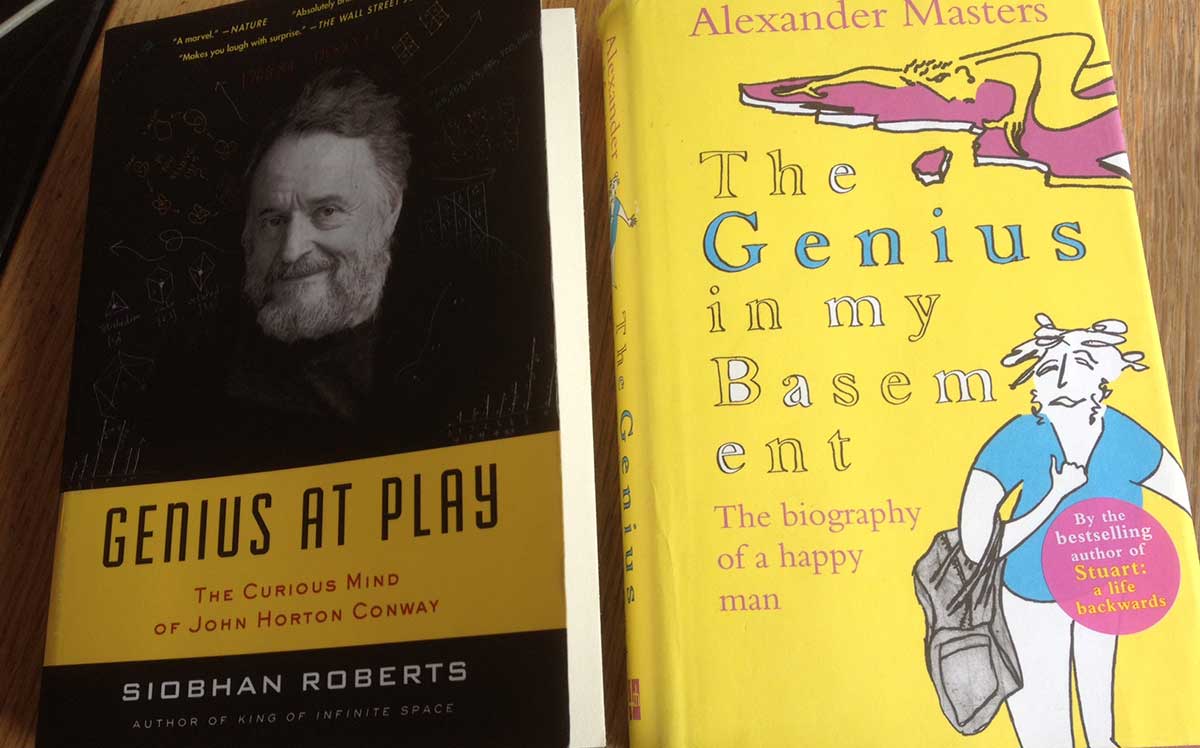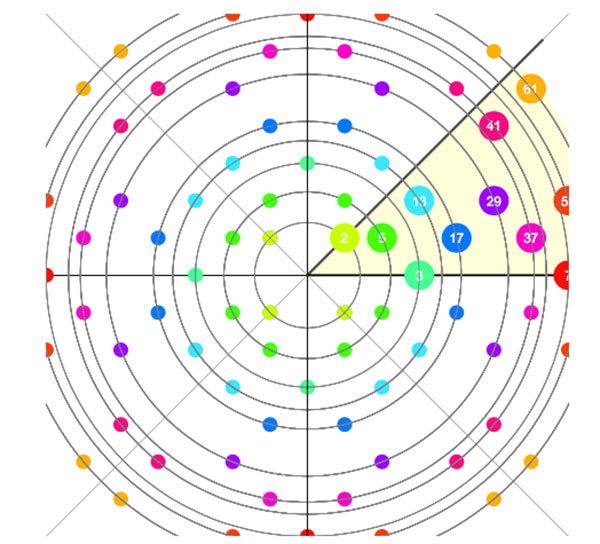Getting mathematics into Nature (the journal) is next to impossible. Ask David Mumford and John Tate about it.
Last month, John Duncan, Michael Mertens and Ken Ono managed to do just that.
Inevitably, they had to suffer through a photoshoot and give their university’s PR-people some soundbites.
CAPTION
In the simplest terms, an elliptic curve is a doughnut shape with carefully placed points, explain Emory University mathematicians Ken Ono, left, and John Duncan, right. “The whole game in the math of elliptic curves is determining whether the doughnut has sprinkles and, if so, where exactly the sprinkles are placed,” Duncan says.
CAPTION
“Imagine you are holding a doughnut in the dark,” Emory University mathematician Ken Ono says. “You wouldn’t even be able to decide whether it has any sprinkles. But the information in our O’Nan moonshine allows us to ‘see’ our mathematical doughnuts clearly by giving us a wealth of information about the points on elliptic curves.”
(Photos by Stephen Nowland, Emory University. See here and here.)
Some may find this kind of sad, or a bad example of over-popularisation.
I think they do a pretty good job of getting the notion of rational points on elliptic curves across.
That’s what the arithmetic of elliptic curves is all about, finding structure in patterns of sprinkles on special doughnuts. And hey, you can get rich and famous if you’re good at it.
Their Nature-paper Pariah moonshine is a must-read for anyone aspiring to write a math-book aiming at a larger audience.
It is an introduction to and a summary of the results they arXived last February O’Nan moonshine and arithmetic.
Update (October 21st)
John Duncan send me this comment via email:
“Strictly speaking the article was published in Nature Communications (https://www.nature.com/ncomms/). We were also rejected by Nature. But Nature forwarded our submission to Nature Communications, and we had a great experience. Specifically, the review period was very fast (compared to most math journals), and the editors offered very good advice.
My understanding is that Nature Communications is interested in publishing more pure mathematics. If someone reading this has a great mathematical story to tell, I (humbly) recommend to them this option. Perhaps the work of Mumford–Tate would be more agreeably received here.
By the way, our Nature Communications article is open access, available at https://www.nature.com/articles/s41467-017-00660-y.”
2 Comments